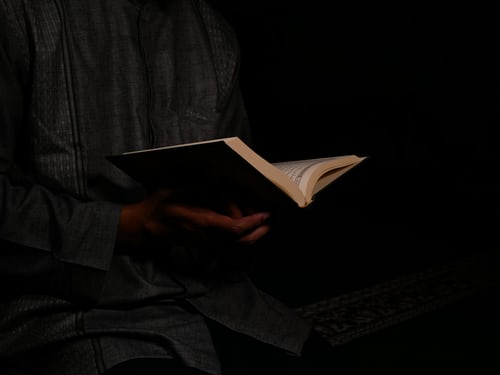Inspiring Older Readers
 posted on 21 Sep 2021
posted on 21 Sep 2021
Lemons and Violins: two books by Helena Attlee
I can be convinced – especially by new, elegantly produced books – that almost any subject under the sun will prove of interest to me. While generally pessimistic in all other respects, I remain optimistic when it comes to reading matter and believe that in some cases the more obscure or unlikely the topic, the greater the possibility that it will turn out to be fascinating – and perhaps especially so if it is something I know very little or nothing about.
Over recent years this turned out to be the case with Lara Maiklem’s Mudlarking (reviewed here on Letterpress), Adam Zamoyski’s 1812: Napoleon’s Fatal March on Moscow (reviewed here on Letterpress), David Edmonds’ and John Eidinow’s Wittgenstein’s Poker and the marvellous The Piano Shop on the Left Bank by T E Carhart (reviewed here on Letterpress), which I have now read at least three times.
Two books that fall into this category and attracted me recently are Helena Attlee’s The Land Where Lemons Grow and her latest book, Lev’s Violin. The former is now available in paperback (Penguin) but secondhand hardback and paperback copies are cheap and plentiful. (The UK hardback, published by Particular Books in 2014, is a beautifully designed book, with the most gorgeous endpapers). The latter is still only available in hardback.
Attlee has spent decades working in and writing about Italy and in The Land Where Lemons Grow she tells the cultural history of Italy through its many centuries of citrus growing. It is a beautiful, sensuous and instructive book and its descriptive writing offers a feast for the intellect and the senses. If Italian history, its people, its landscape, its grand estates and pallazi and its secluded gardens attract you, then you’ll find much to enjoy in this book. I suspect it will also be especially interesting to gardeners and horticulturalists. I’m neither, and nor am I a traveller or even an armchair traveller and so found myself more interested in the social history rather than the geography – the close links that once existed between citrus production and the Mafia, for instance. The book did however point me in the direction of some of the best marmalade I have ever bought (Marchesi Di San Giuliano – let’s call it an extravagant indulgence).
Attlee’s latest book, Lev’s Violin, is a rather different endeavour, a cross between a travel book, an adventure story, and a history of violin-making, particularly in Italy but also elsewhere.
Her story begins at a concert one warm summer’s night in Wales when she hears a man playing a violin that has what she feels is an uncommonly lovely tone, texture and volume. Passionate music pours forth from the instrument in a way that Attlee feels she has never previously experienced. The musician tells her that the instrument was once owned by a Russian called Lev, that it was probably made in Cremona, birthplace of Stradivari and the cradle of Italian violin-making from the sixteenth century onwards. The instrument is worn and scarred by generations of working musicians who have used it and used it hard. It may have a distinctive and extraordinary ‘voice’, but Greg, its current owner, explains that it has been written-off by auctioneers as ‘worthless’ because it is an anonymous ‘church violin’, probably part of an unlabelled (and therefore untaxed) job-lot for one of Italy’s numerous church orchestras or perhaps for one of the ospedali, the church orphanages that established Italy’s earliest music schools during the Baroque period.
So begins Attlee’s adventure and a fascinating one it is. There is virtually no aspect of the rich and sometimes strange history of violin production that she doesn’t explore.
Of the two books, I found Lev’s Violin to be the more interesting but ultimately less successful. I couldn’t help feeling that the fact that most of the assumptions made about Lev’s violin turn out to be inaccurate somewhat disrupts the story and found myself wondering whether the book actually needed Lev’s violin as a central narrative device. I am still undecided. By comparison, The Land Where Lemons Grow has a more satisfying overall shape and momentum but is also arguably a much more conventional book.
Nonetheless, if like me you sometimes want to read well-written and deeply researched non-fiction about topics that are somewhat off the beaten track, then rest assured that you’ll be in good hands with either of these titles. Attlee is an accomplished writer and her prose is crisp and elegant. She carries her clearly exhaustive research lightly.
I finished both books wanting (in a rather shame-faced way) to know more about Attlee’s life and in particular the circumstances that have made it possible for her to be (as she says) ‘an habitué of Italy’s loveliest cities and landscapes for over forty years’, while also developing a writing career built on what one critic has called ‘a refreshingly unorthodox approach to history’. The Land Where Lemons Grow in particular makes for perfect late-summer reading.
Alun Severn
September 2021